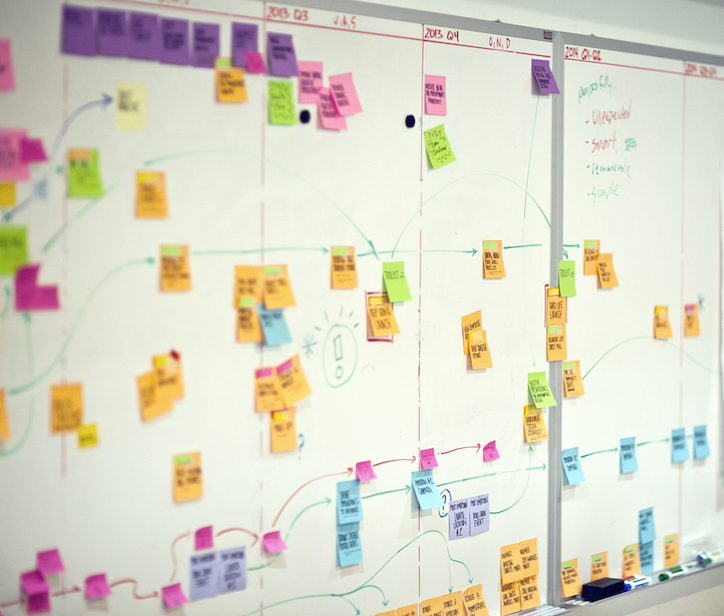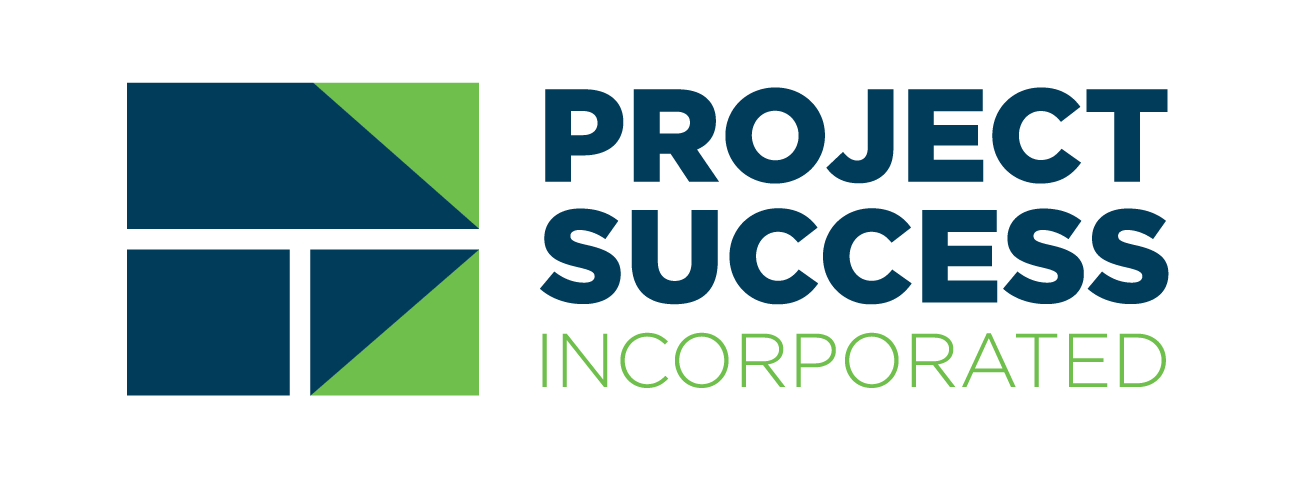It was Albert Einstein who said, “Out of clutter find simplicity.”
The Project Success Method® ensures that teams clearly define, thoroughly plan, and proactively control their projects when executed.
The Project Success Method® has only been driving project success since 1983, Einstein obviously did not have us in mind when he made the statement some 100 years ago. Yet, “simplicity” is the first thing project managers notice about the Project Success Method – especially since they are often coming from a project management world filled with clutter and confusion.
It is simple – the Project Success Method allows individuals to grasp an effective, repeatable, actionable methodology in just a few days. This in turn allows organizations to deliver projects faster while managing budget and quality. All of this translates into some powerful benefits for Project Managers/Teams as well as the Enterprise at large. In any environment, it shifts the ““worry curve”” and allows for a more predictable project timeline.
The Project Success Method®
For more than four decades, PSI has been teaching and implementing the Project Success Method® side-by-side with the management of our client organizations as well as individuals wishing to further their career, by helping and teaching them how to successfully manage and execute complex, mission-critical projects. The Project Success Method® is a practical, tightly integrated set of management processes by which project managers and their teams clearly define, thoroughly plan, and proactively control their projects to achieve success.

Define
Builds the foundation and the commitment for success
- Appoint the project manager.
- Form a cross-functional team.
- Develop the project charter, which documents:
- Scope
- Objectives
- Stakeholders
- Constraints
- Assumptions and Risks
- “Other” key attributes of the project
Plan
- Involve the team to ensure commitment to the plan.
- Identify required tasks and assign responsibility for each.
- Use forward scheduling based on a precedence network diagram to maintain project quality.
- Compress schedule to ensure meeting or beating deadlines and exploiting cost saving opportunities.
- Perform resource planning, budgeting, and cash flow planning as necessary.
Control
- Monitor performance against plan.
- Proactively identify and solve problems.
- Update the plan and reaffirm near-term commitment.
- Keep stakeholders informed.
Benefits of the Project Success Methodology
Its simplicity and elegance are only accentuated in the most complex, cross-functional, multi-cultural team projects. Indeed, it is for these types of projects that the Project Success Method demonstrates its practical, collaborative and efficient qualities. It provides the following:
- Documented plans, schedules and deadlines
- Clear scope of objectives, constraints and risks
- Clarified roles and performance expectations from team members
- Mutual commitment, accountability and support among team members
- Improved communication among team members
- Workload better matched to resource availability
- A proactive and effective approach to project control that detects, prevents and solves problems as early as possible
- Promotes strong teamwork
- Discipline and consistency of approach across all projects in the organization
- Reduced chaos, stress, frustration, and conflict
- Continuous improvement in project planning and execution
- And the bottom line – projects completed successfully with respect to quality, time, and cost
It’s power is through implementation. Whether you are an individual project manager looking for a better way, or a portfolio/program management executive looking for a solution for the enterprise, Project Success can help.
Implementing a Transformation
We offer an array of training courses and consulting services that can be selected separately based on an organization’s unique needs. However, the Project Success Method is most impactful when it is rolled out in three concurrent phases.


Phase 1: Training
Duration: 2-3 days
Our instructors use exercises and case studies to teach the key concepts, principles, and management processes of the Project Success Method. This integrated and intensive training ensures that your team gains the knowledge, skills, and motivation to apply the Project Success Method to their projects. In other words, we don’t just give them the hammers and saws, we teach them how to use their tools to build a chair, house or anything else.
Additionally, Executive Overviews are conducted to onboard senior managers and provide the knowledge they need to achieve the greatest strategic benefit for their organization.

Phase 2: Consulting
Duration: Short-term or ongoing
The transition from classroom learning to actual application of the Project Success Method is facilitated by our consultants. They provide mentoring and hands-on assistance to project leaders and the entire team to ensure that the methodology is rigorously applied. By walking the team through the chartering, planning, and controlled execution of a few selected projects, we demonstrate the power of the method by performing within your unique environment. This taste of success makes teams hungry to utilize the Project Success Method throughout their organization.

Phase 3: System Building
Duration: Short-term with follow up as needed
Achieving lasting results may require building the infrastructure to support the ongoing application of the Project Success Method. This system must be tailored to fit your organization, projects, people, and competitive environment. It will include organizational elements (such as policies and procedures) and technical tools (such as software). Laying this foundation ensures that the Project Success Method consistently becomes second nature across all the projects in your organization.

